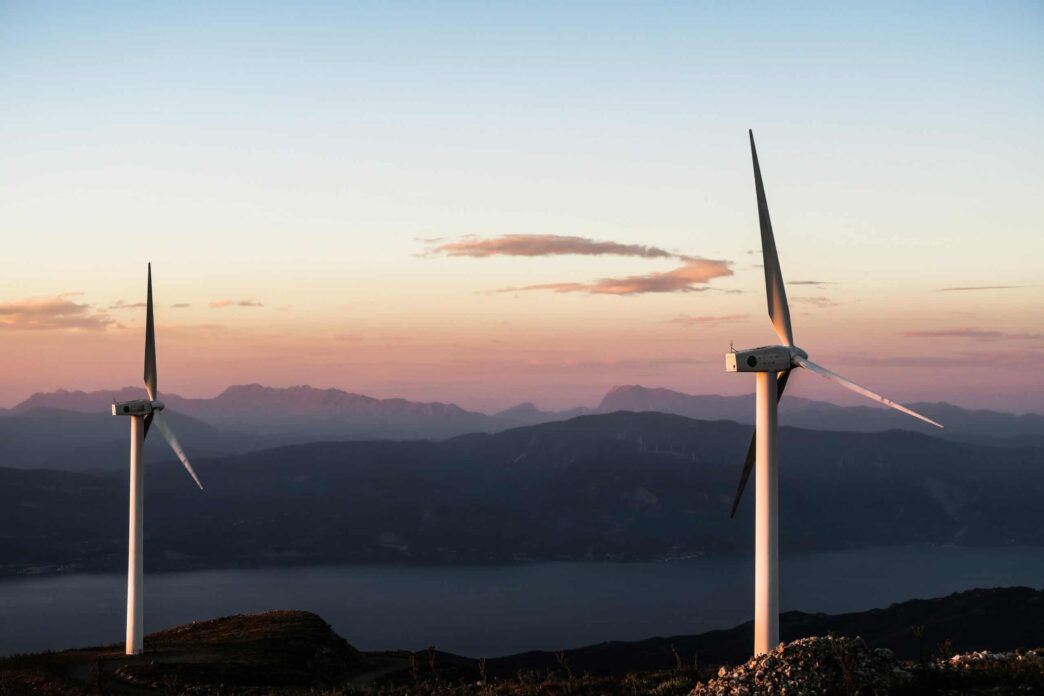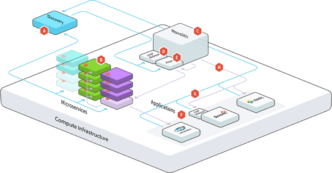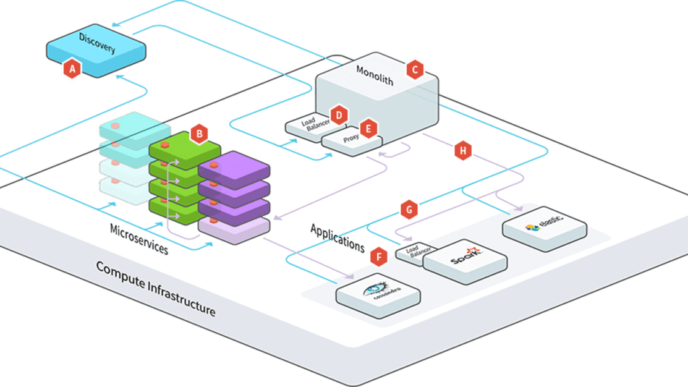Over the past decade, we have seen significant advancements in renewable energy technologies, driven by the urgent need to combat climate change and reduce our reliance on fossil fuels. The global community has been working tirelessly to develop and implement sustainable energy solutions to meet the ever-growing demand for electricity. In this blog post, we will examine the progress made in the renewable energy sector over the last ten years, focusing on solar, wind, and hydropower technologies. We will also explore how these developments have impacted the cost of renewable energy and the challenges we face in the coming years.
The Decline in Renewable Energy Costs
One of the most notable achievements in the renewable energy sector over the past decade has been the significant reduction in the cost of producing clean electricity. The Levelised Cost of Electricity (LCOE) – a measure that compares the total cost of generating electricity over a power plant’s lifetime – has dropped dramatically for solar, wind, and hydropower. The reduction in LCOE can be attributed to technological advancements, economies of scale, and increased competition in the sector.
For instance, the cost of solar photovoltaic (PV) modules has fallen by more than 80% since 2010, making solar power increasingly competitive with traditional energy sources. This decline in cost has led to a surge in solar PV installations worldwide, with the global installed capacity increasing from around 40 GW in 2010 to more than 700 GW in 2021. The United Kingdom, in particular, has seen significant growth in solar capacity, with over 13 GW installed by the end of 2021.
The Integration of Renewable Energy into the Grid
As renewable energy technologies have matured and become more cost-effective, their integration into the electricity grid has also progressed. Smart grid technologies, energy storage solutions, and demand-side management strategies have been developed to cope with the intermittent nature of solar and wind power. For example, the UK has been investing in large-scale battery storage facilities and demand-response programmes to balance the electricity grid and ensure a stable supply of power.
Moreover, the development of microgrids and community-based energy systems has enabled small-scale renewable energy projects to supply local electricity needs and reduce reliance on the centralised grid. In the UK, community energy schemes have been gaining popularity, allowing local groups to own, manage, and benefit from renewable energy installations.
The Challenges Ahead
Despite the remarkable progress made in the renewable energy sector over the past decade, there are still challenges to overcome. Firstly, the integration of renewable energy into the grid remains a complex issue, requiring further investment in grid infrastructure, energy storage, and advanced control systems.
Secondly, as renewable energy penetration increases, the need for energy storage solutions becomes more critical to ensure grid stability and reliability. While battery storage technologies have made significant progress in recent years, more research and development are needed to improve their efficiency, reduce costs, and scale up capacity.
Thirdly, the transition to renewable energy sources also requires a shift in the way we think about energy consumption. Energy efficiency measures and demand-side management strategies must be implemented at a larger scale to reduce overall energy demand and optimise the use of available renewable resources.
Lastly, the social and political aspects of the energy transition must not be overlooked. Public acceptance of renewable energy projects, particularly onshore wind farms and large-scale solar installations, can be challenging. Policymakers must work closely with local communities to address concerns and ensure that the benefits of renewable energy projects are shared equitably.















